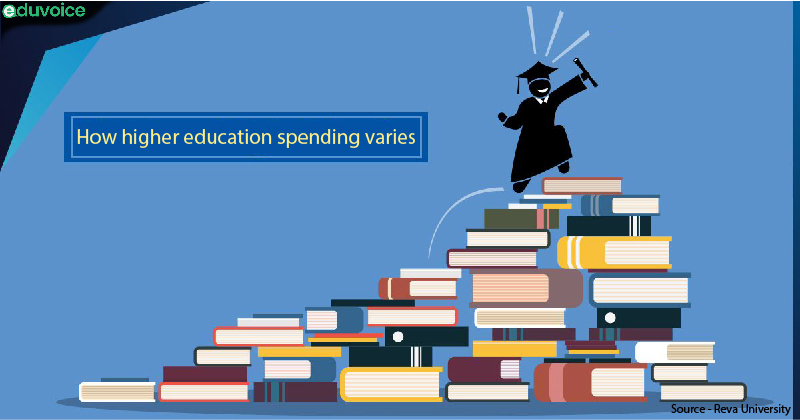Students from southern states are more likely to enroll in technical and vocational education, finds a new study
Higher education is the key to more lucrative jobs but, despite the potential returns, household spending on higher education in India is abysmally low. A new Economic and Political Weekly paper authored by S Chandrashekhar of Indira Gandhi Institute of Development Research, Mumbai and others shows this and highlights the considerable regional variations in household spending on higher education within India.
Using data from two sets of National Sample Survey Office surveys, the authors find that there are no marked differences in higher education participation across the country, measured here as the attendance ratio of 18–29 year-olds attending tertiary education. They do find significant differences in attendances between rural and urban areas and a great deal of regional variation in the stream of study, type of course, and the type of institution attended.
Students from southern states are more likely to enroll in technical and vocational education and in private, unaided institutions. Since fees are substantially higher for such institutions and courses, the average expenditure on education is higher in southern states than in other regions of India.
The authors also find the pattern of regional disparity in educational loans resembles that of household expenditure on higher education, with southern states accounting for more than 70% of educational loans in India.
Unsurprisingly, demand for both higher education and educational loans depends on a household’s economic status. Poorer households are less likely to participate in higher education and account for a smaller share of outstanding education loans. The authors argue that poorer households are more risk-averse and may face greater uncertainty in finding jobs, which lowers their perceived returns from education. The authors highlight concerns about employability and the cost of borrowing for education as the biggest deterrents for investment in higher education for households.
(Source – livemint)

